Tenant Billing Software - BMS vs. EMS
/Hi, John Hobson here, new MACH Customer Operations Manager, based on the East Coast. As many of my previous projects have involved tenant billing through a BMS, and as MACH authored a BMS vs. EMS blog previously, the team suggested I write a “new eyes” update based on my experience.
BMS Tenant Billing Thoughts:
Most of the major Smart Building vendors such as Siemens, Johnson Controls, Trane, Schneider and Honeywell offer solutions which can integrate into a BMS.
However, as a PE and CEM, I often found the perceived benefit of a complex Tenant Billing system integrated with a BMS to capture the costs of thermostat and schedules changes was often NOT worth the cost and headache associated with the project.
Some of the issues that we saw in our projects included:
High Upfront Costs - by definition a BMS upgrade can run in the tens of thousands
Customer “Locked In” - In my experience, tenant billing systems through the BMS typically require meters to be a specific manufacture or that some additional hardware (“gateway device”) be installed so the BMS will communicate to the submeters without issue. These systems require additional costs in order for the vendor or controls contractor to configure the system and routinely provide software/firmware updates throughout the year. This has the effect of locking in the building to a specific vendor for any future changes.
Not User Friendly - a BMS is designed with the building engineer in mind, and not the management and accounting teams that typically use the Tenant Billing application. I heard many complaints from customers that the Tenant Billing application through the BMS felt overly complicated and unintuitive.
Dollar Shortcuts - I also heard customer complaints that the BMS did not accurately reflect their bills because it relied on a simple dollar per kWh conversion to calculate all utility costs.
Expensive and Unwieldy Upgrades - On one project, the project required additional points requiring me to upgrade my license, and required frequent software updates. The vendor did not communicate the release of their software updates, so my customer had to tell me they were having problems with their BMS before we knew to update the software. Updates required a site visit from the vendor which could take weeks, though some were more responsive than others.
EMS Tenant Billing Software Thoughts -
As I have gotten up to speed on MACH’s tenant billing software, I can see the advantages they and other EMS vendors have in building a modern platform outside of a BMS environment. A few thoughts:
Flexible and Cost-effective - MACH Energy’s Tenant Billing Software supports both manual meter reading and communicating meters. As a result, you can choose to upgrade to communicating meters as your budget allows, and still have a portion of your meters read manually.
Modern, user-based design - MACH’s cloud-based platform and customized dashboards can assist all users: engineers, facility and property management and accounting. The software supports accurate meter reading, calculating blended rates, creating tenant bills, sending data to accounting, and maintaining billing history.
Mobile app - a “must have” today
Easy upgrades - unlike required site visits, modern software is cloud-based and software upgrades typically happen automatically
Tariff engine - key to accurately calculating actual utility costs and definitely not what I saw with the big vendors. With a provider like MACH with a built-in tariff engine, a user can bill their tenants at any time of the month with confidence that their billing will accurately match their total utility and supply bills.
All in all, it was interesting to see and understand the differences an enterprise Energy Management Software (EMS) provides for tenant billing software.
A more detailed discussion of MACH Energy’s Tenant Billing can be found here.
I look forward to meeting more MACH customers!
John Hobson

